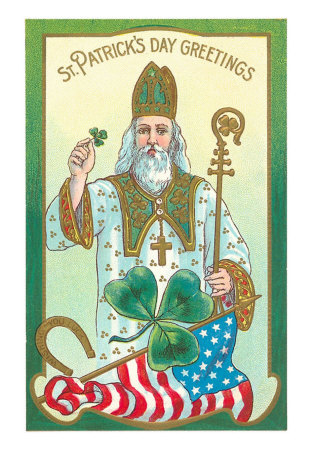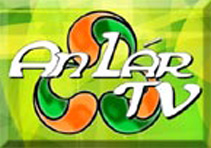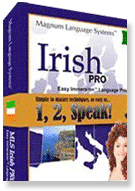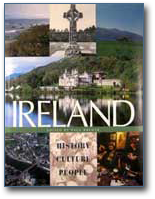St. Patrick and the Irish
 |
Did you know that St. Patrick was not Irish? He was actually Welsh and was born in Wales circa 385 A.D. His real name was Maewyn and, until he was about sixteen, he considered himself a pagan.
Maewyn was captured by Irish thugs, who raided his village, and was sold into slavery. During this time he became closer to God. After about six years, he escaped to a monastery in Gaul (France), where he studied Christianity under St. Germain. Twelve years later he realized that his life long quest was to convert the pagans to Christianity.
Maewyn adopted the Christian name of Patrick. He wanted to return to Ireland to begin his quest but his superiors appointed St. Palladius. When Palladius transferred to Scotland about two years later, Patrick was then appointed as second bishop of Ireland.
To the exception of the Celtic Druids, Patrick successfully converted many pagans. He was arrested several times but always escaped. For thirty years he traveled all over the Irish countryside establishing monasteries, schools and churches. This aided him in his quest to convert the pagans to Christianity. Patrick died on March 17th, 461 A.D. and, ever since then, the Irish commemorated that day as St. Patrick's Day.
There are some myths and folklore about St. Patrick but much of it is not true. He did not raise people from the dead or drive the snakes out of Ireland. Metaphorically speaking, many believe that the snakes represented the pagans. Originally a Catholic holy day, St. Patrick's Day has eventually unfolded into an Irish holiday. Of course, the shamrock became the traditional symbol for St. Patrick's Day.
The shamrock was a useful tool in St. Patrick's success for the pagan conversion to Christianity. He used the three leaves of the shamrock to explain the Holy Trinity; the Father, the Son and the Holy Spirit. His followers began wearing a shamrock on St. Patrick's Day, which is still the custom today.
On March 17, 1737, in Boston, St. Patrick's Day was celebrated for the first time in America. Now, this one-time Catholic holy day is celebrated with parades, parties, drinking beer and the oft-mentioned leprechaun.
Disclaimer: LittleShamrocks.com is an affiliate website that receives commissions from sales of the products listed. We have purchased and sampled many, but not all, of the products on these pages.
© Copyright LittleShamrocks.com. All Rights Reserved.








